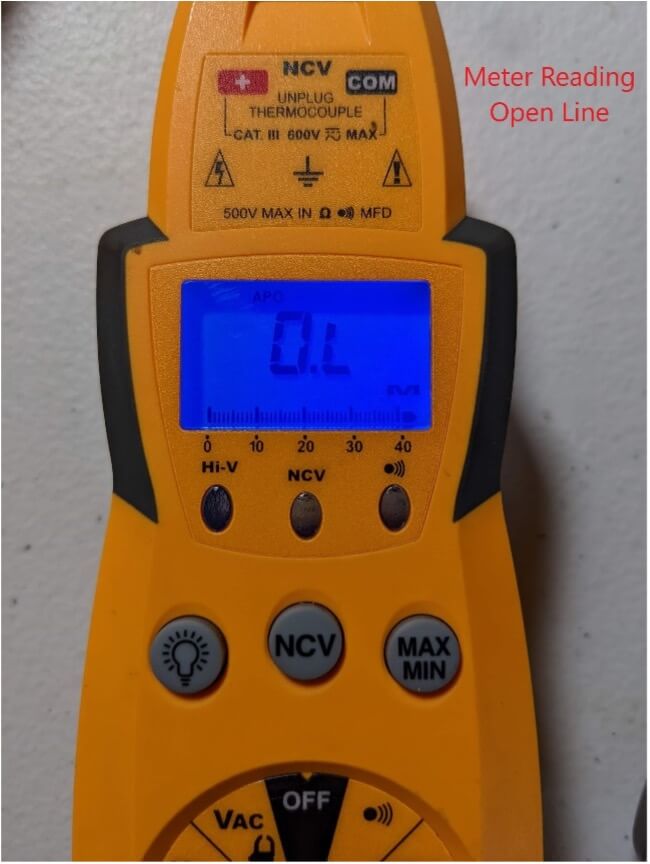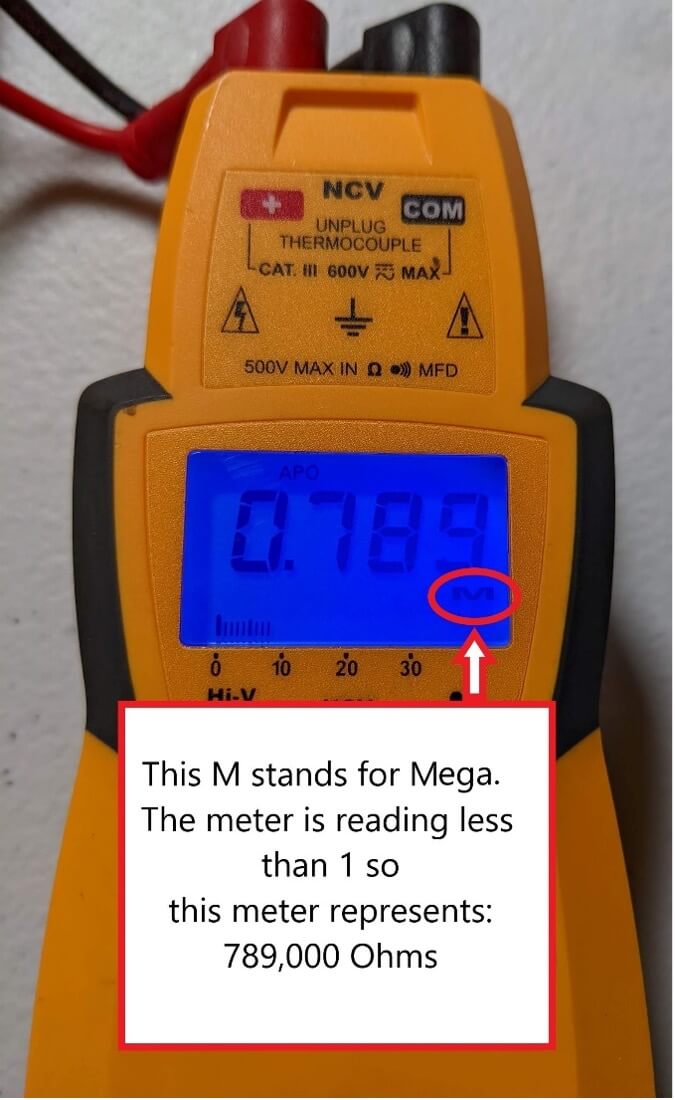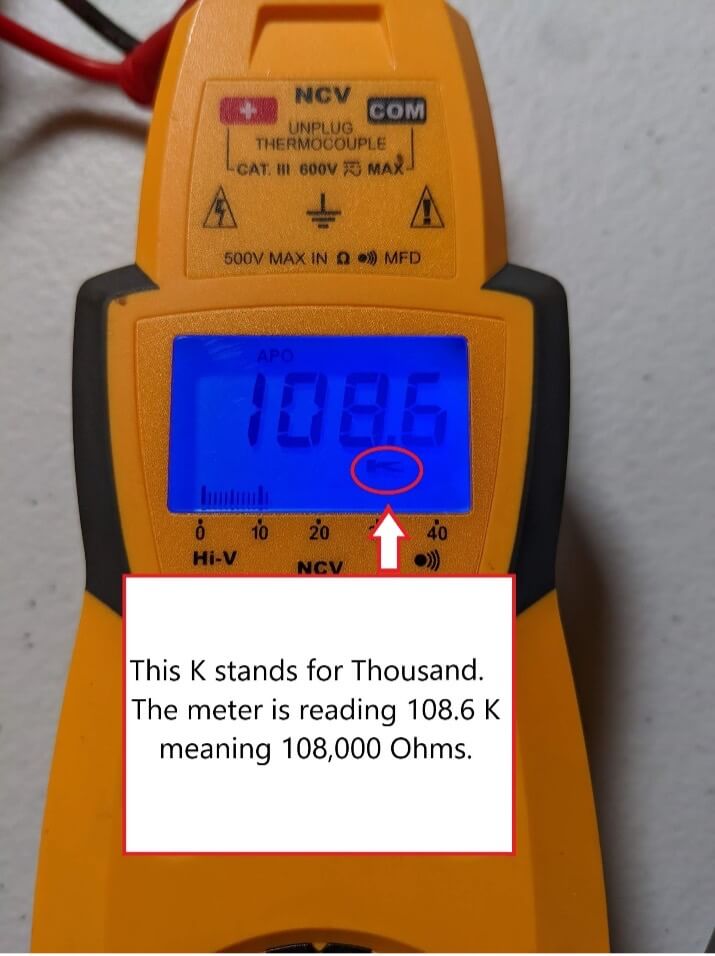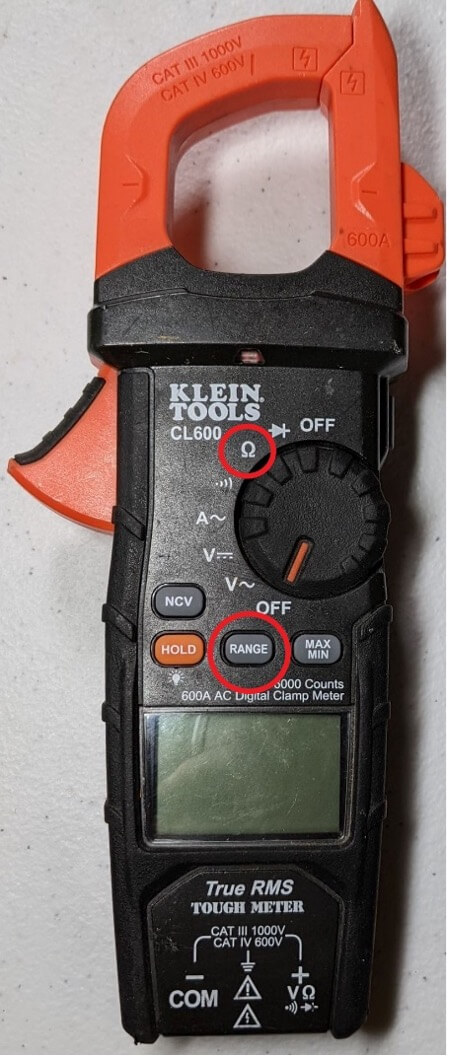ICP Furnace Showing 80% Limit Fault
Most gas furnaces have several safety limits, main limits, roll-outs, 80%’s will have a DSS (Daft Safety Switch) These safety

When assisting with field calls, I ask this question in reference to electrical devices several times a day. The answers that I receive back ranges from: 75, none, a lot, nothing, 237K, and many more. I would like to help you better understand what you are checking and how to “read” it.
Electricity wants to flow! This is a fact. What keeps electricity from flowing? Resistance. Resistance is a force that opposes the flow of electricity and is measured in Ohms. The symbol for Ohms looks like an upside down “U”. When checking resistance there are no negative numbers. It starts at Zero and goes up from there and goes into the millions.
Whatever you are checking, whether it’s compressor windings, relay contacts, reversing valve coil, etc. if the meter reads 0.0 then this means electricity can flow with absolutely no trouble where as OL means the opposite that electricity will not flow at all. I recommend checking your meter for integrity periodically. This can be done by putting your leads together. This test should result in 0.0. Anything above 0.0 should be added to your reading when testing something. If the meter is reflecting anything higher than one or two ohms then the test leads and/or battery should be replaced. This ensures your readings are accurate.
Sometimes the meter will not show a number but instead “OL”; this represents Open Line which more or less mean infinite ohms. OL can be tricky, though, because the meter being used will show “OL” when the resistance being checked is higher than the meter can check. For example, if a meter that is rated for 100 ohms is used to check something that is 120 ohms this meter will show OL.



With all these possible large numbers it is impossible to put them on a meter’s tiny screen. To make the numbers fit, abbreviations have been made. K for Thousands and M for Mega. Mega means million. Things get misdiagnosed due to the two mentioned letters being overlooked. If a meter reads 1.1, 1.1 K, or 1.1 M these are not the same thing. The first is literally 1.1 and the second is 1,100 and the last being 1,100,000. For example, let’s say you’re reading a compressor’s resistance to ground and you are looking for it to be greater than 2 million. If you misread 2.1M for simply 2.1, then you have misdiagnosed the compressor as being grounded.



Some meters are auto ranging, meaning you simply put it on resistance and take your reading. If the meter is equipped with a “Range” button then you likely have to select which range you want to check. As you push the range button it will move the decimal which allows for different number arrangements. Each meter should be looked at individually for the exact specs but as an example the meter may start with 60 ohms range so anything over 60 would show OL. Pressing the range button one time changes it to 6,000. Here is an example from fluke
Range values
600.0 Ω
6.000 kΩ
60.00 kΩ
600.0 kΩ
6.000 MΩ
60.00 MΩ

If there’s resistances there’s an ohm value. Get out there and ohm something out!
Most gas furnaces have several safety limits, main limits, roll-outs, 80%’s will have a DSS (Daft Safety Switch) These safety
This article is in reference to Residential Heat Pumps. Everyone in the HVAC industry knows that the indoor TXV
Compressors are the heart of the refrigeration system. It creates the pressure difference to move the refrigerant through the system.